- Home
- Low Voltage Inverters
- Damage to the inverter caused by the braking resistor
Fault Name:
Damage to the inverter caused by the braking resistor
Fault Symptom:
The inverter module is broken.
Cause:
During the stop braking process, the corrugated resistor insulated ceramic base iron piece has a short circuit with the inverter + terminal or PB terminal, causing a short circuit to ground.
Solution:
1. Replace the braking resistor and glue the corrugated resistor terminal with insulating tape.
Analysis:
In the machine tool industry, metal dust or metal scraps are easy to enter the electric control box and are attracted to the exposed terminals because they are all made of highly conductive metal materials.
Due to the quick start and stop characteristics of the machine tool industry, the deceleration time will be as short as 0.1S, resulting in the motor's speed being greater than the inverter's output speed during the stop process. The phase of the induced current in the rotor winding of the motor is ahead of the induction. The voltage, and the mutual inductance, causes the induced current in the stator winding-capacitive current, and the diode of the inverter circuit IGBT and the storage capacitor of the DC circuit provide the path of the capacitive current. . The motor has a capacitive excitation current, which in turn generates a field magneto motive force. The motor self-excited to generate electricity and feedback energy to the power supply. This regenerative energy is rectified by a diode connected in parallel by the inverter's circuit, and fed into the DC circuit of the inverter, so that the voltage of the DC circuit rises from about 530V to 700V or higher.
Due to the high speed of the machine tool and the large inertia of the chuck, during the deceleration and shutdown process, the brake current is too late to bleed, and the DC voltage has a spike impact. At the same time, due to the metal insulation of the ceramic insulation end of the brake resistor, the insulation level has been greatly reduced, so the peak voltage in the operation of the equipment may break the insulation and cause the grounding, thus damaging the inverter. This is why in some machine applications, the new inverter has been replaced, and it is normal to start running, but it works for a while. After the time, there will be a bombing phenomenon.
 Global - English
Global - English Spanish - Español
Spanish - Español French - Français
French - Français Russian - Pусский язык
Russian - Pусский язык Chinese - 中文
Chinese - 中文 Korean - 한국어
Korean - 한국어 Vietnamese - Tiếng Việt
Vietnamese - Tiếng Việt
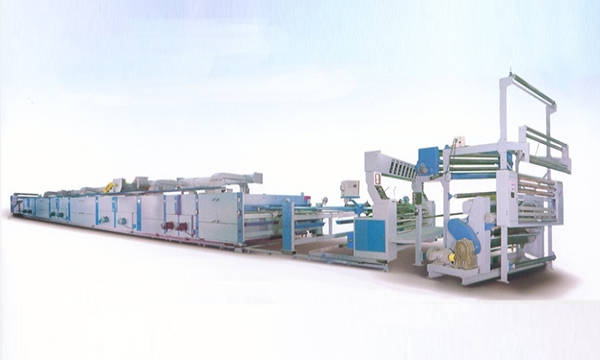
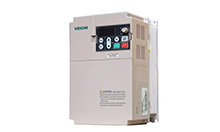
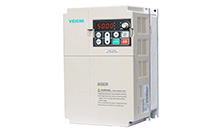
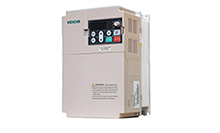
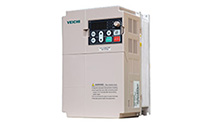
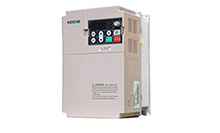
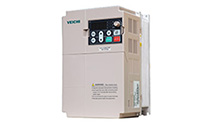


 Leave a Message
Leave a Message